Embarking on a journey, it's often asserted that the expedition holds comparable significance to the final destination. Commencing your adventure with zeal can be pivotal. Yet, for those who harbour reservations about air travel, the sentiment is understood – the homogeneity of bustling commercial airports and seemingly nondescript runways can leave one uninspired. Nonetheless, a select few airports distinguish themselves from the ordinary, boasting extraordinary and distinctive airstrips.
Contemplate this: at times, the challenge lies not only in the destination but within the airport itself, a daunting prospect for those toiling in its confines. Even seasoned aviators have encountered quandaries of manoeuvring runways at the airports featured in this compilation. This catalogue outlines the most formidable airports globally, where perilous conditions range from perilously concise runways to colossal mishaps in construction.
ALSO READ| 10 Cheapest States to Live in the US 2023
List of 7 Most Dangerous Airports Ever Built in the World
Take into account that, on occasion, the airport presents its own set of challenges, particularly for its personnel. Even the most adept pilots have encountered difficulties while attempting to depart from the runways featured within this list. This compilation delineates the most harrowing airports globally:
1. Barra International Airport
2. Bhuntar Airport
3. Courchevel Altiport
4. Tenzing-Hillary Airport
5. Ice Runway Airfield
6. Scíathos International Airport
7. Cristiano Ronaldo Airport
Derived from numerous online sources, this compilation is grounded in a comprehensive assessment. These airports are situated in regions characterized by severe weather conditions, precipitating potential flight disruptions. Additionally, the runways exhibit noteworthy narrowness, amplifying the likelihood of accidents.
ALSO READ| List of 50 Hidden Gems From Every State of the US
Most Dangerous Airports Ever Built
1. Barra International Airport
Location: Scotland
Year of construction: 1936
Risk factors: Track on the beach
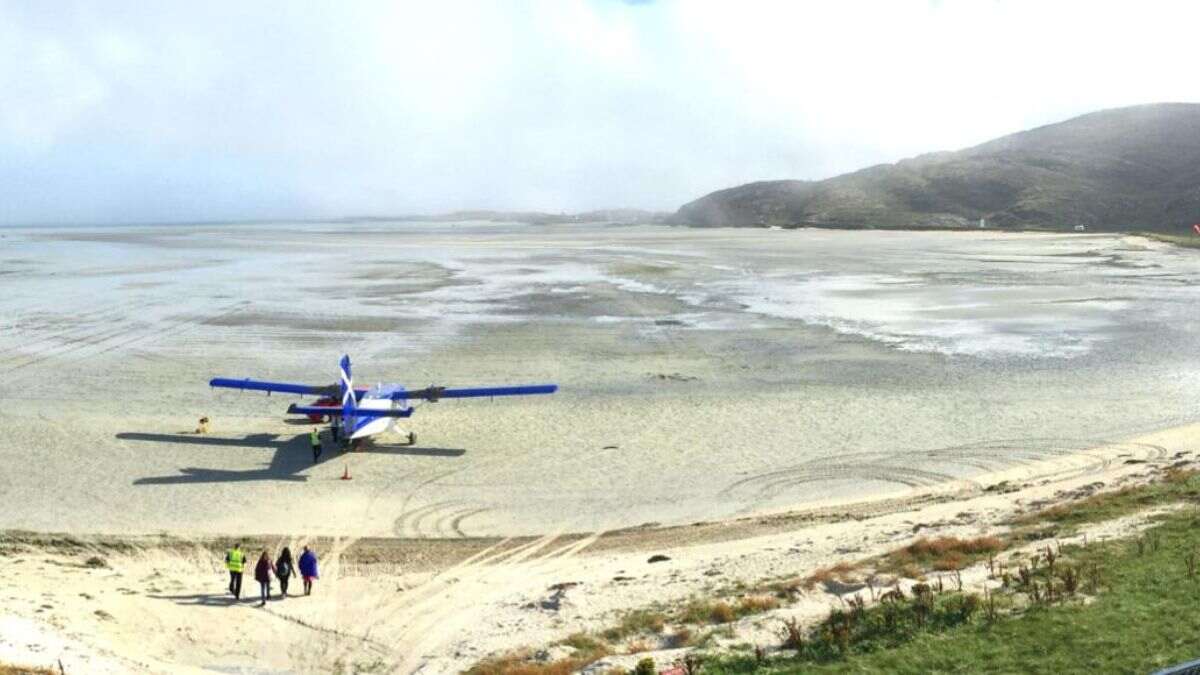
Located to the north of the island of Barra, this airport holds the unique distinction of being the only one in the world where both takeoffs and landings occur directly on the beach. This distinctive operational setup introduces a noteworthy vulnerability, as all air activities are significantly impacted by the ebb and flow of the tide.
2. Bhuntar Airport
Location: India
Year of construction: 1995
Risk factors: Track, location
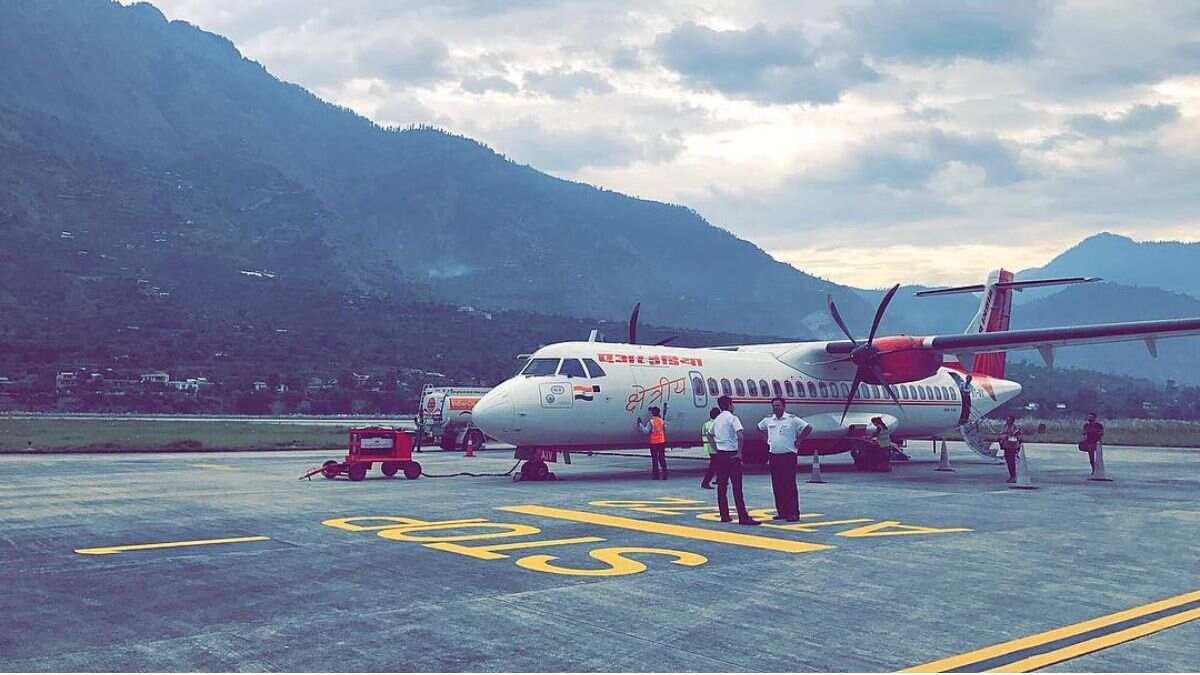
Bhuntar Airport, alternatively recognized as Kullu Airport, boasts a solitary runway spanning a mere 3,566 feet. However, the challenges for this airport extend beyond its runway length. Nestled within a valley enveloped by towering mountains, approaching pilots face formidable obstacles in manoeuvring through the surrounding terrain.
ALSO READ| List of Constitutional Carry States 2023 in the US
3. Courchevel Altiport
Location: France
Year of construction: 1962
Risk factors: Location of runway
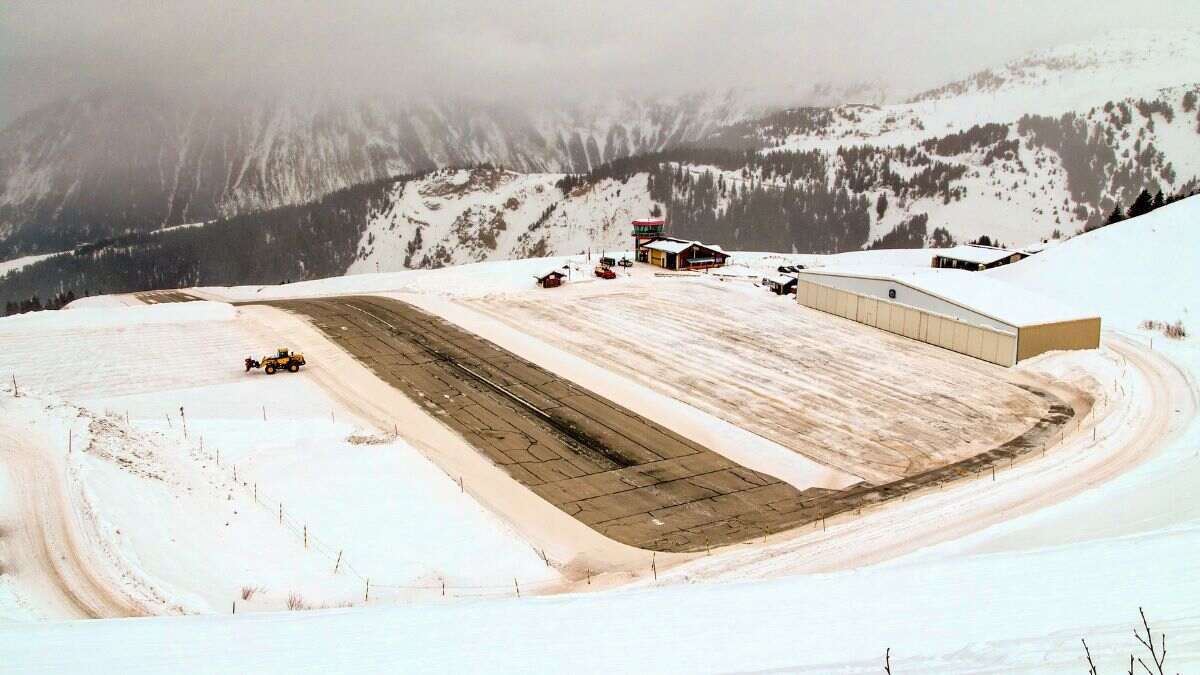
Perched at an elevation of 6,588 feet amid the French Alps, touching down at the Courchevel Altiport unfolds as a truly enchanting experience. Although primarily catering to the Courchevel ski resort, this airport accommodates a solitary commercial airline – Alpine Airlines. Despite the breathtaking scenery, flying into this locale carries inherent risks due to a runway measuring a mere 1,762 feet, coupled with the absence of go-around procedures and lighting aids.
4. Tenzing-Hillary Airport
Location: Nepal
Year of construction: 1964
Risk factors: Altitude
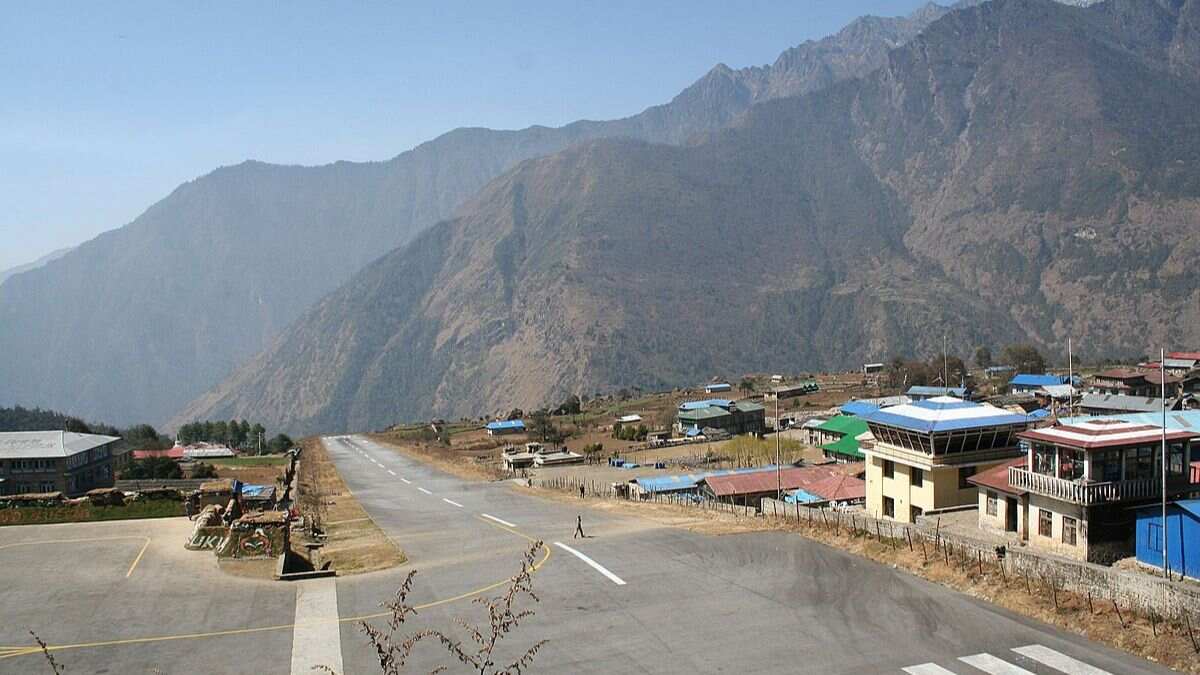
Frequently referred to as Lukla Airport or Mount Everest Airport, the Tenzing-Hillary Airport falls under the classification of altiports, serving smaller aircraft and is commonly situated in mountainous terrain with steep runways. While the landscape promises awe-inspiring views and an unparalleled flying experience, it is not an endeavour for the faint-hearted, as these runways are acknowledged as notably perilous, even under the guidance of seasoned pilots. Consequently, Tenzing-Hillary Airport operates contingent on weather conditions and strictly during daylight hours.
The airport holds a fascinating historical narrative – constructed under the oversight of Sir Edmund Hillary, it occupies land procured from local sherpas, who actively participated in the construction process. In homage to Sir Edmund Hillary and Sherpa Tenzing Norgay, commemorating their triumphant ascent of Mount Everest and their instrumental role in building the airport, it was bestowed with the name Tenzing-Hillary Airport.
5. Ice Runway Airfield
Location: Antarctica
Year of construction: 1960
Risk factors: Ice-covered landing strip
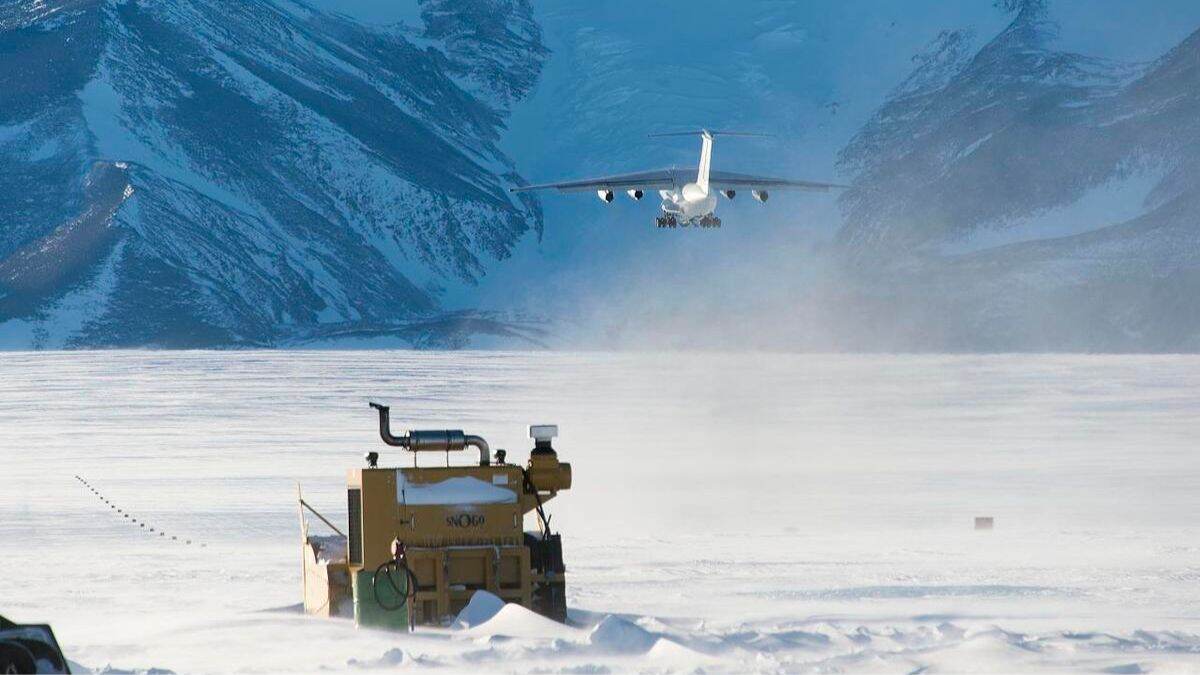
For self-proclaimed adventurers seeking unparalleled journeys, a trip to Antarctica presents an extraordinary expedition. Remarkably, the frosty odyssey commences upon landing, as aircraft navigate towards Wolf’s Fang Runway in Queen Maud Land, Antarctica. Operating solely during the summer months, what distinguishes this runway is its composition: a blue ice runway, fashioned from resilient ice capable of accommodating wheel landings. An essential criterion for crafting such airport runways is the absence of yearly snow buildup in the designated area, ensuring an unobstructed pathway.
ALSO READ| US State Happiness Ranking: Top 10 Happiest States In America in 2023
6. Scíathos International Airport – Greece
Year of construction: 1972
Risk factors: Location, short runway

Greece's Skiathos Airport claims the title of possessing the shortest runway in Europe. Adding to its distinctive features, the undulating landscape of the island compelled the construction of the airport over the sea. This unique airstrip serves as a vital link connecting the islands of Skiathos and Lazareta.
7. Cristiano Ronaldo Airport
Location: Madeira, Portugal
Year of construction: 1973
Risk factors: Track built on the sea
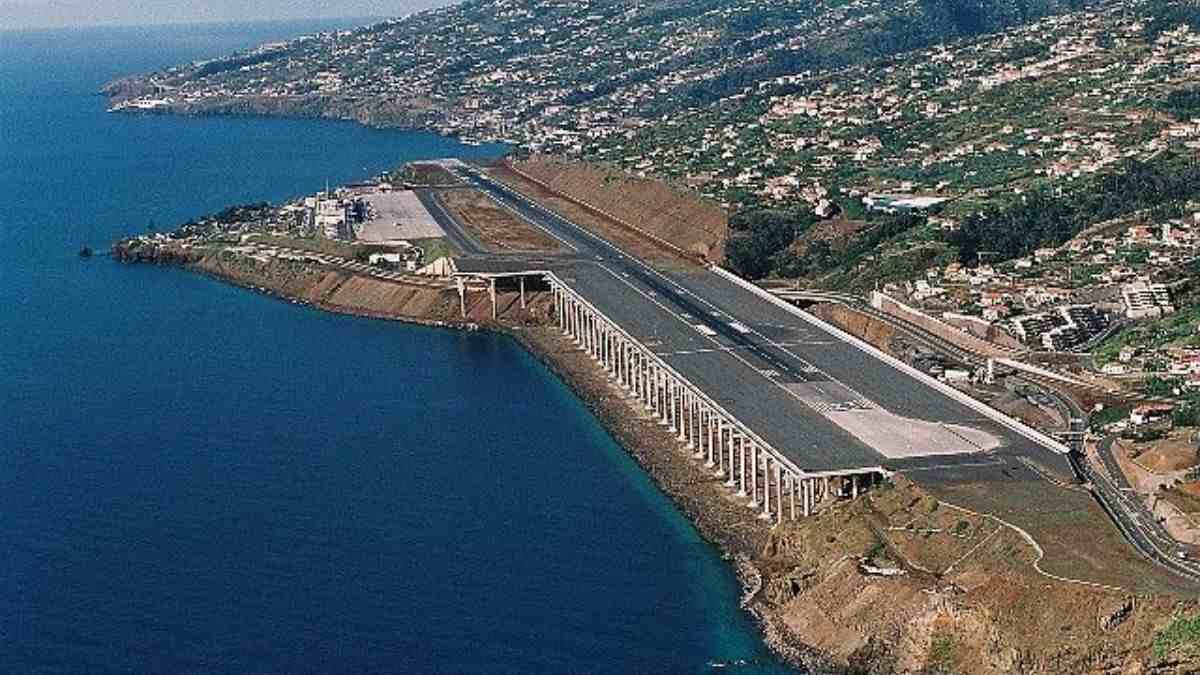
Cristiano Ronaldo Airport, often lauded as an engineering marvel, evokes divergent opinions, with some considering it a feat of ingenuity and others perceiving it as a hazard. The diminutive size of the Madeira island necessitated the extension of the airport runway over the sea. This expansion involved the construction of 180 pillars, providing structural support to suspend the track above the water.
Comments
All Comments (0)
Join the conversation